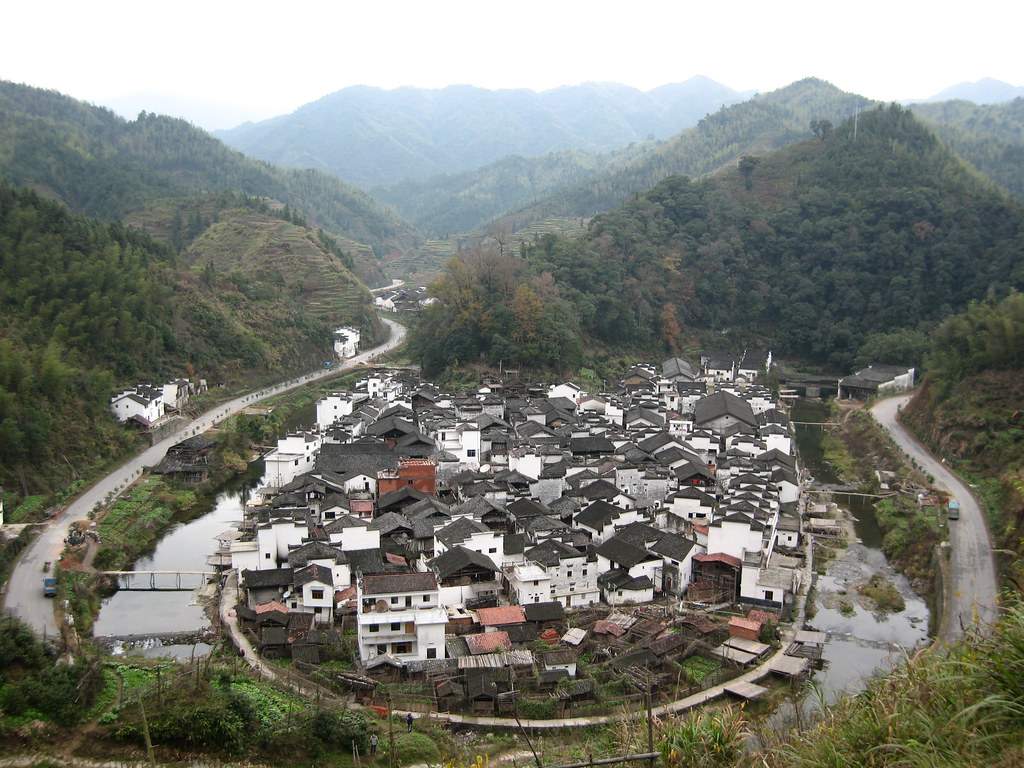
Wuyuan County is home to some of the best-preserved ancient village architecture in China. It's covered in woods and along with its inland location, remoteness and inconvenient transportation has left it cut off from the rest of China for many years. As a result numerous ancient villages along with their way of life dating back to 740AD have been preserved and life ticks by at a pace from bygone eras.
There is not a large amount of information in any guidebooks on this area so we had to rely on a small list of villages and our phase book to get local information on how to get around where to go when we arrived. The mode of transport in this neck of the woods is on the back of a motorbike.
Arriving in Wuyuan we were immediately surrounded by motorbike guys, eventually one produced a map and a friend and they took us to the small village of Sixi. A couple of hours later we'd found a hotel, negotiated a deal with the motorbike guys for their services for a few days (without one word of English) and worked out our route to all the villages. As backtracking was not an option we'd have to ride on the back of motorbikes with all our gear - easier said than done when your labouring up a hill on a 125cc bike.
We stayed in Sixi village our first night. A tiny idyllic village with a small river, covered wooden bridge, narrow paved streets and courtyard houses. After spending the last few months around big cities it was amazing to sit in this environment and watch life (simple uncomplicated life) go by.
:: Likeng Village ::
We were the only tourists around and so got the best room in the (only) local guesthouse. The life in the villages may be primitive but the hotel had a lot of interesting features you wouldn't get elsewhere in the world. We figured we had got the honeymoon suite when we realised the bedside lights and main light had built in flashing blue and red LED's ; when you turned them all on you couldn't help but feel like you were at a road traffic accident. Not exactly what you'd call "mood lighting".
Seeing as there were no restaurants in the village we had no option but to eat at the guesthouse. Next ensued some great fun as we tried to communicate what we felt like for tea. We ended up heading into the kitchen and picking up a collection of veg to put together for dinner. As for protein we were lead out the back of the kitchen and were shown a coop of chickens for us to pick from...resisting the urge to end one of these guys free-ranging today, we were then shown down to the stream where there was a fish lazing in a netted bag in the water. I always thought that a goldfish dies when you overfeed them (DL isnt that right ?), but this guy was a huge healthy looking goldfish.
So we chose the family pet for our dinner and he was surprisingly good done with ginger and chilli.
:: Typical village building with open courtyard ::
Staying in the village we were exposed to the daily routine and methods of the inhabitants. Life here was changed when they got electricity about 25 years ago, but apart from the TV that brings, life has developed slowly over the centuries. Women washing clothes in the stream were carefully placed downstream of the spot where women washed the vegetables fresh from the fields. One thing you notice in the countryside is how green and healthy the vegies look. Well we got plenty of first hand insight into how the Chinese farmers achieve this. Big wooden barrels of poo sit outside every house. Left to ...mature a while and then diluted with water, this natural fertilizer is liberally splashed onto the fields daily (hence the thorough wash in the stream).
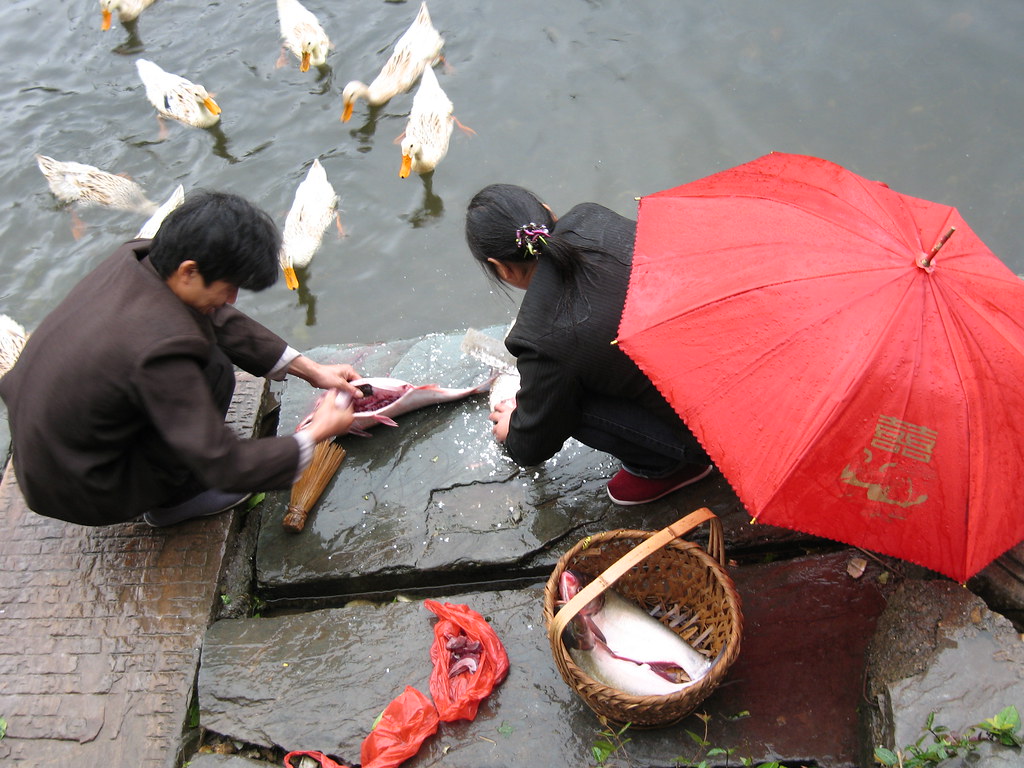
:: Fresh fish for dinner ::
Heading off early the next morning on our bikes we were rugged up and waterproofed as the clouds above looked ominous. Having not been on the back of bikes much before we both soon realised that regular stops are the key to relieving the excruciating pain involved with sitting bouncing along dodgy roads with your knees up around your ears. It was great fun.
Our drivers and guides braved the rain and cold air with their trusty caps on. I don't know how their faces didn't freeze and fall off.
:: 800 Year Old Rainbow bridge in Qinghua ::
Our journey took us winding through spectacular valleys, through little villages and over some good and some atrocious roads. While it was nice to have the place to ourselves, we saw photos of the area when the rapeseed fields are in full golden bloom and it looks spectacular.
Please read the Wuyuan link above as it will give you some more information and background that I wont here. Each village had its highlight and each had beautiful structures, mostly houses, made exclusively from wood (no nails) with careful joinery and intricate carvings for decoration. Our guides were so patient and generous with us. With no more English than (seriously) Let's go, OK and yes, every stop was a game of charades ....stooped walk and a cough (Old sick people came here to die (or as we found climbing stairs in one house - were laid into coffins), acting out the production of rape seed oil from the plants etc...again, these were great guys who looked after us and showed us a spectacular part of China.
One part of the village wanders we found funny was the way we marched into peoples houses to have a look around. Any time of day, straight in the front door, some "Ni Haos", then go poking around the carvings or rooms of the house. The occupants were obviously very proud of their houses, often offered us tea and always asked the obligatory question of where we were from.
:: All of the houses had an open roof section - so were pretty fresh ::
On the second day we altered our pre-planned route to take in what we were told were some caves. Well, we were glad we did as these were the best caves we have ever seen. We waited huddled against an electric heater as the cave guide turned up to turn on the lights and show us through. We then walked into a huge complex of recently built paths and stairways with computer controlled audio and lighting that was nothing short of spectacular. The huge spaces, the beautiful formations all lit with colour knocked us off our feet as we completed the tour over the next hour or so, emerging from the caves in a little electric speedboat. The caves are a must for anyone venturing to Wuyuan.
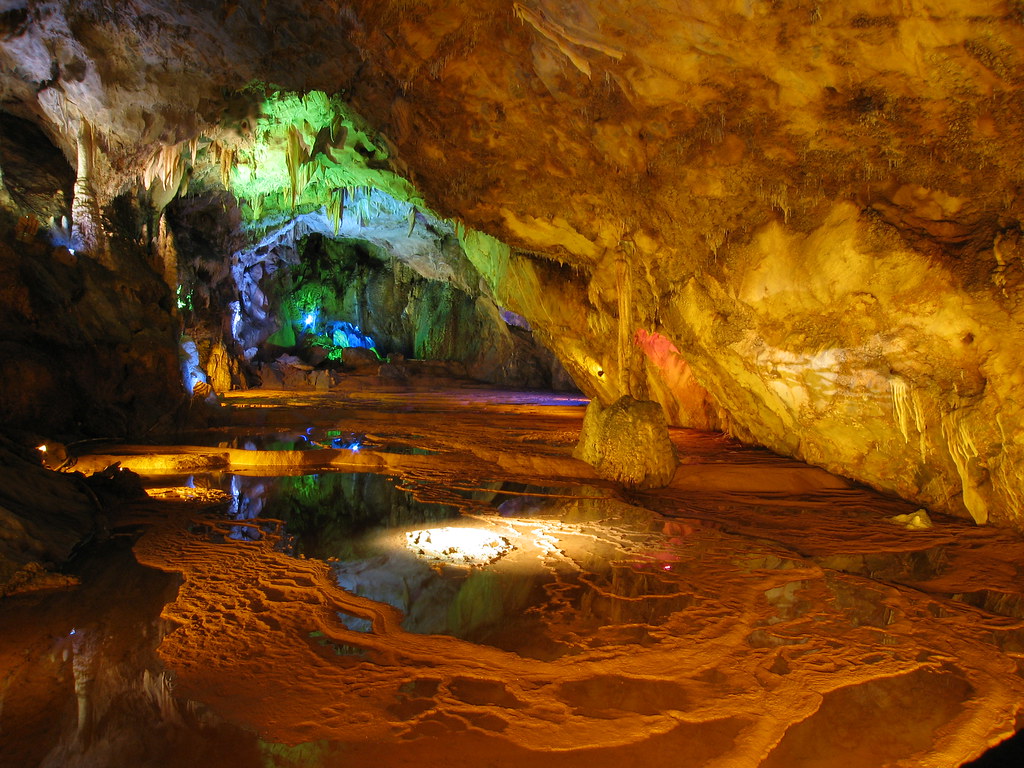
:: Spectacular Lingyan caves ::
Safely back in Wuyuan city after our 3 days touring the county we planned our next leg which would take us on a connecting bus to Wuyishan, having thoroughly enjoyed our time in Wuyuan.
Read Full Post...





















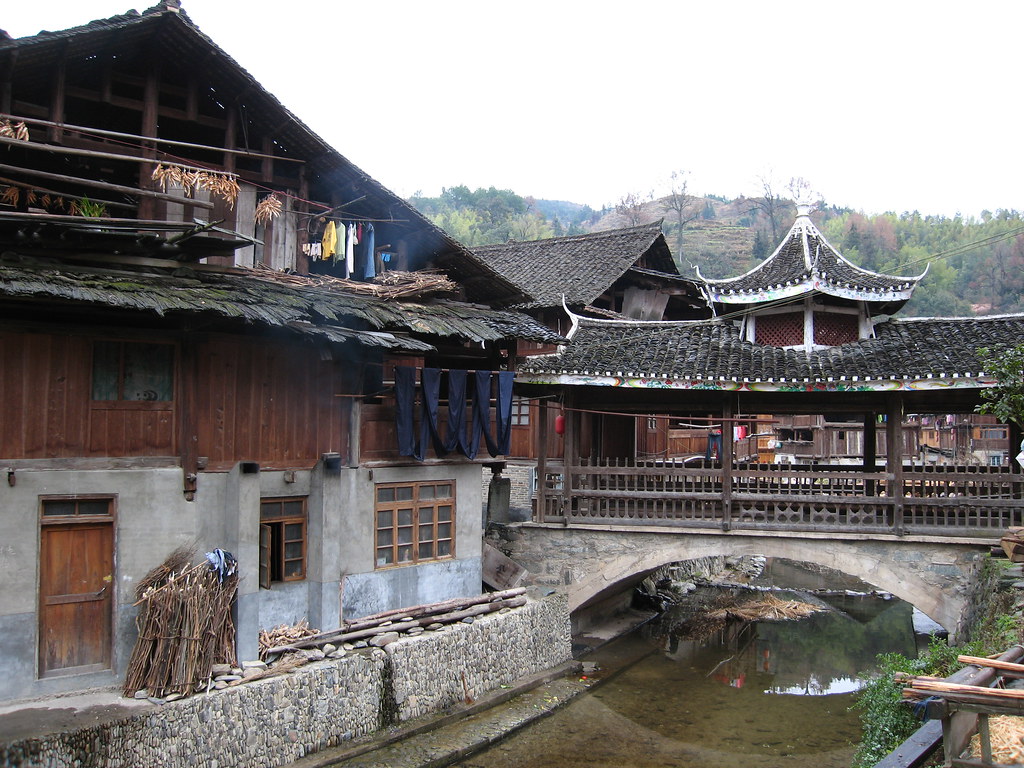
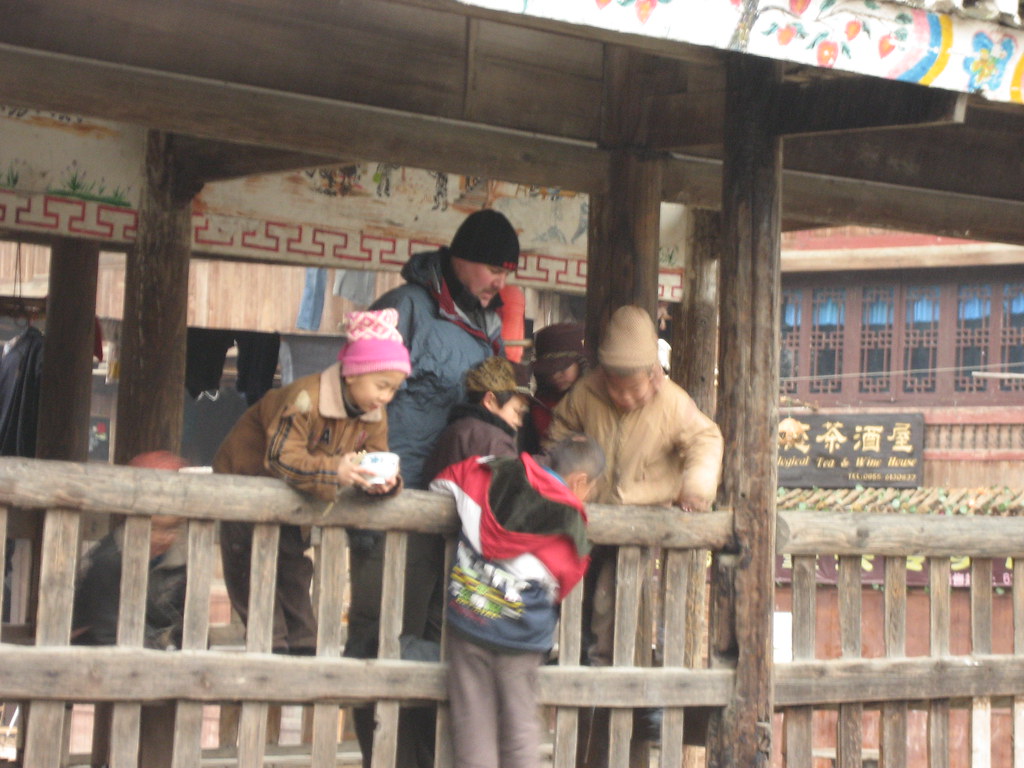

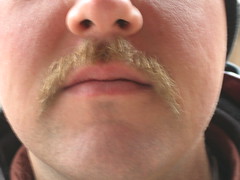

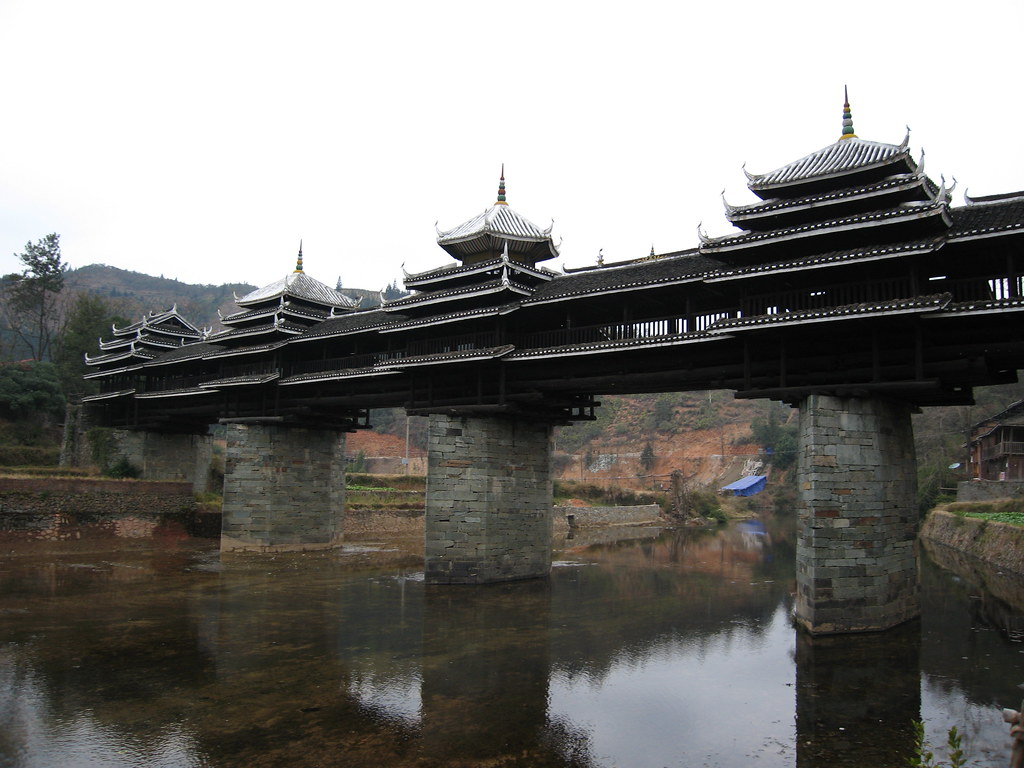
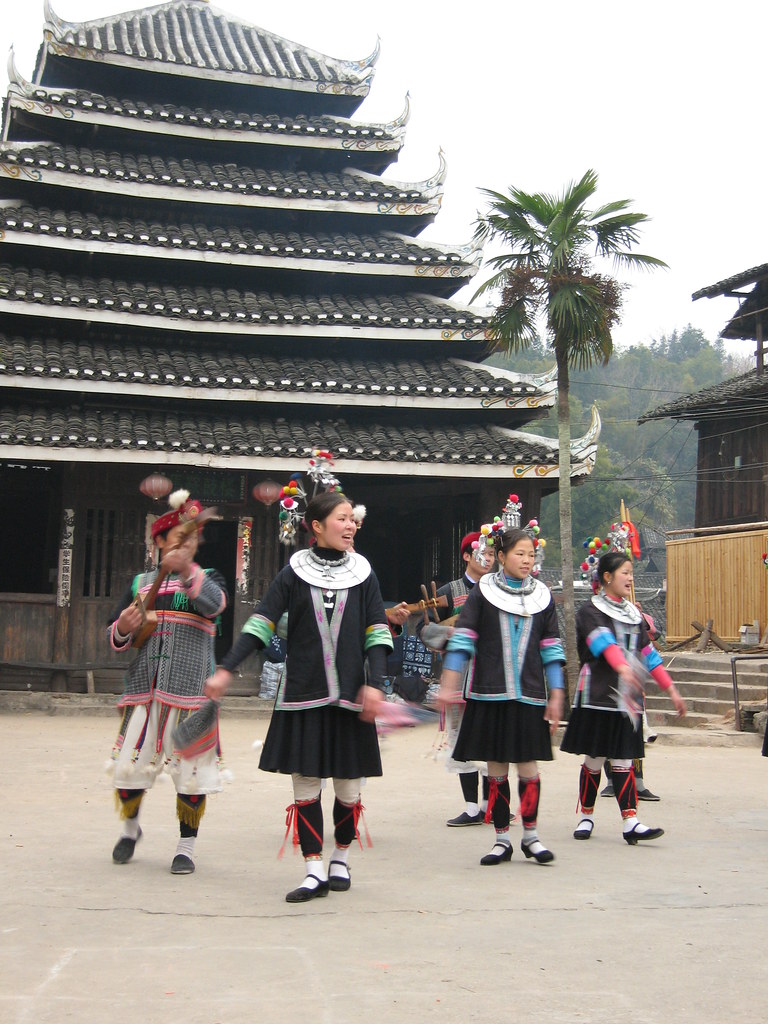



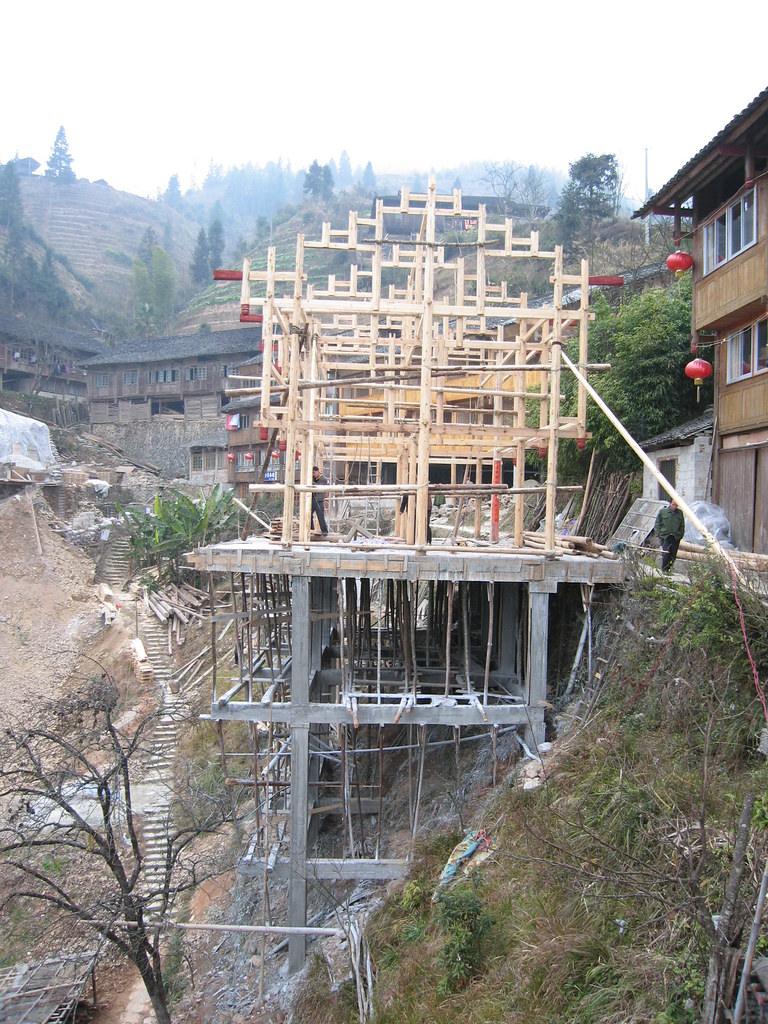
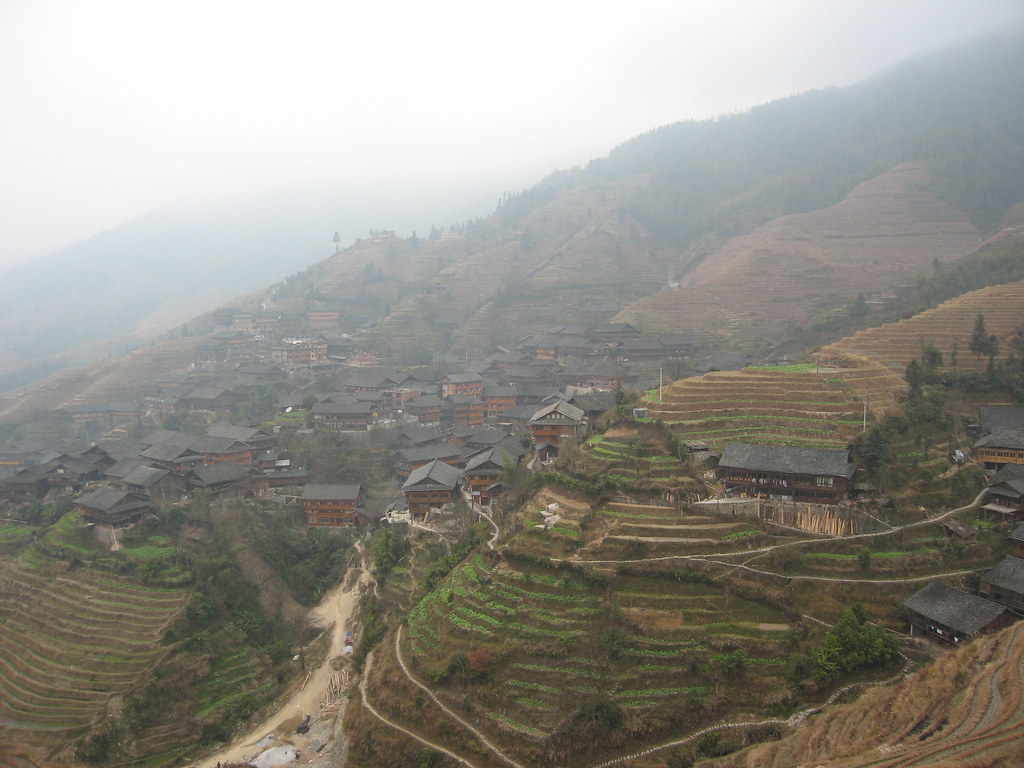
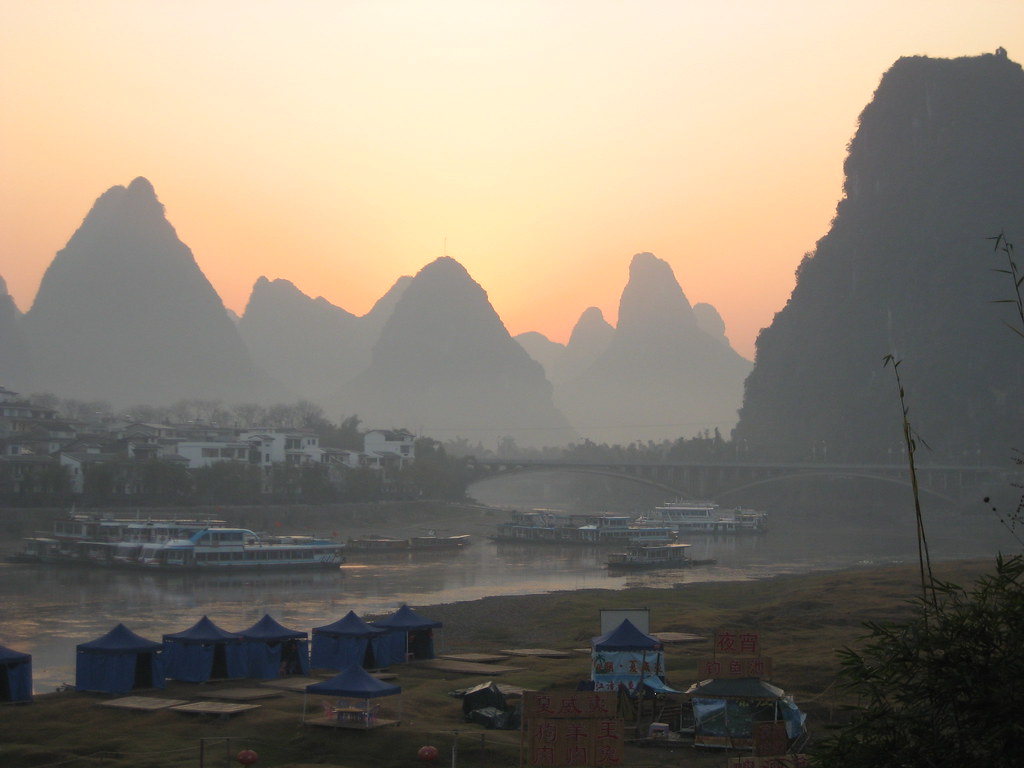
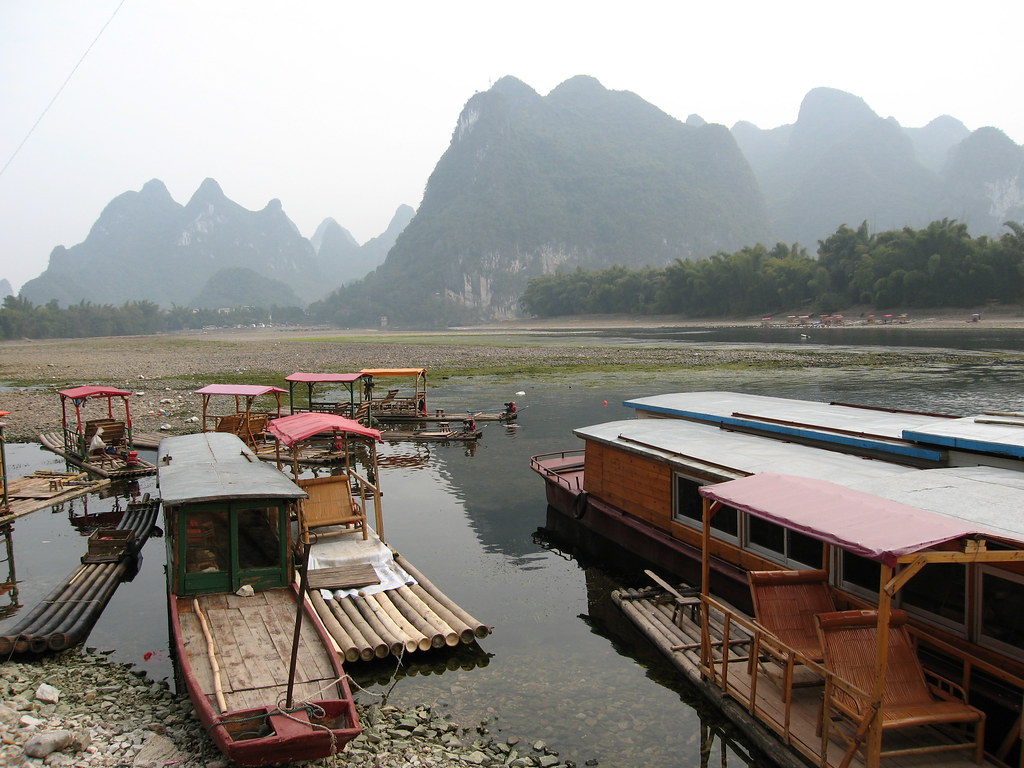
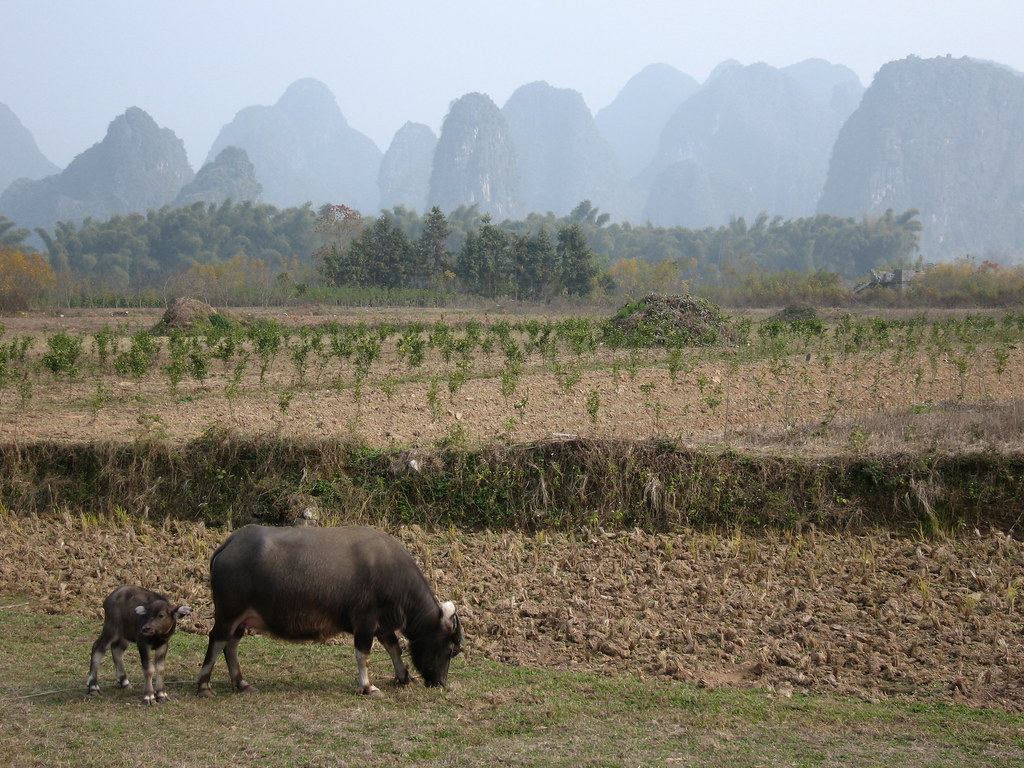
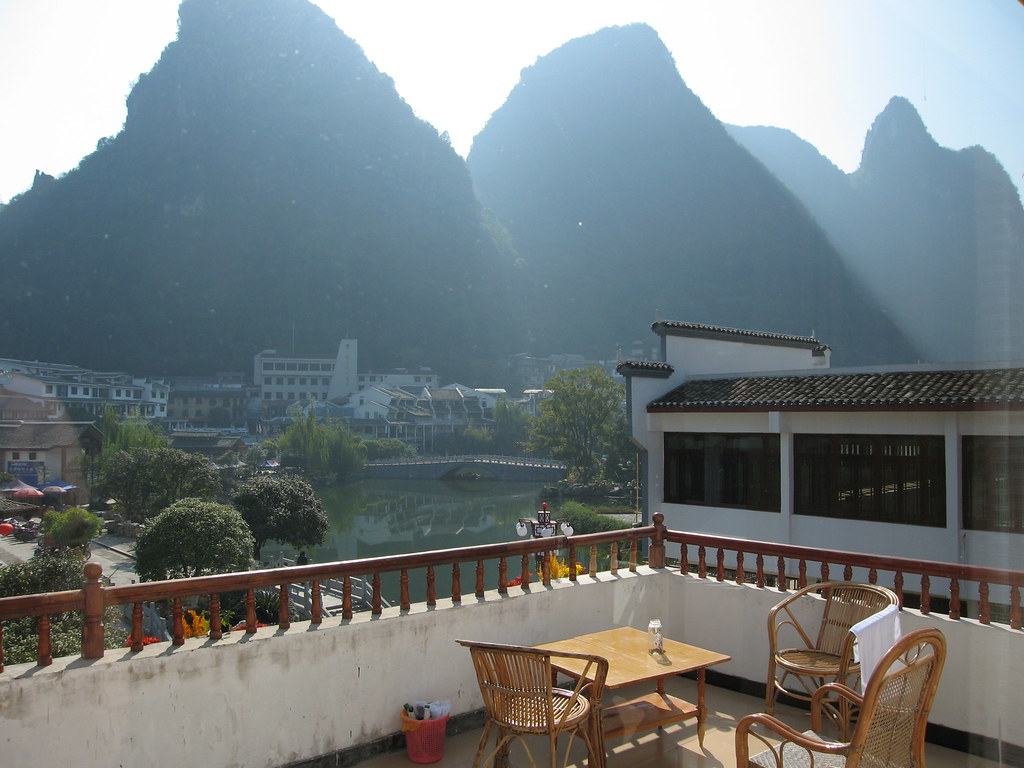
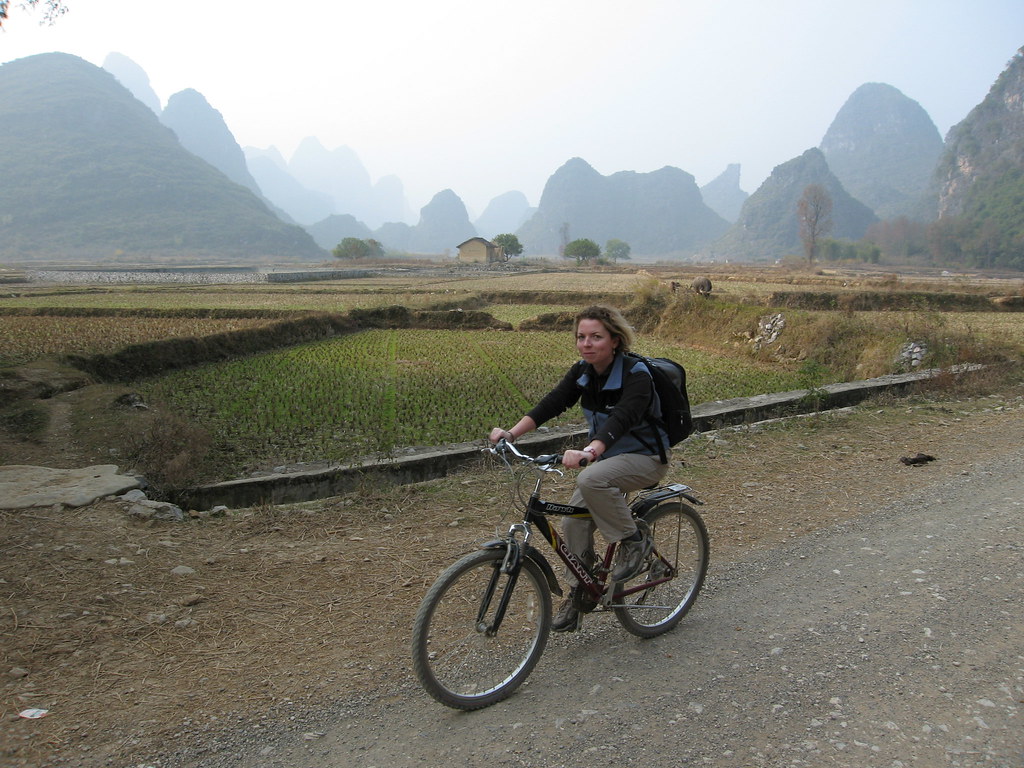
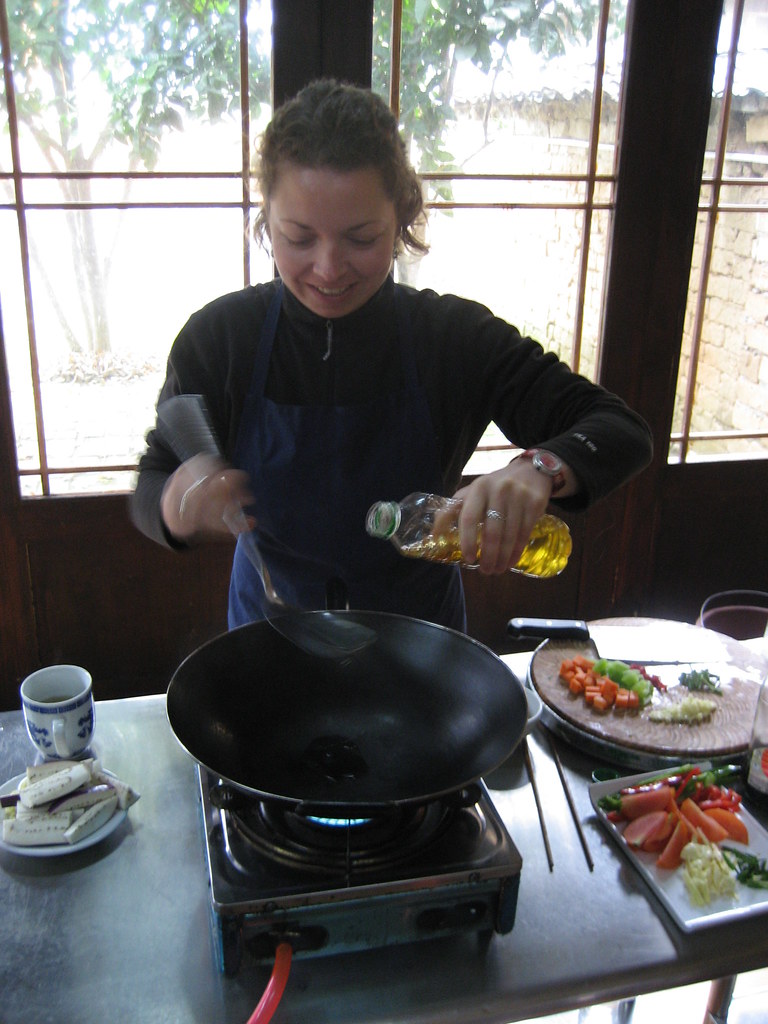
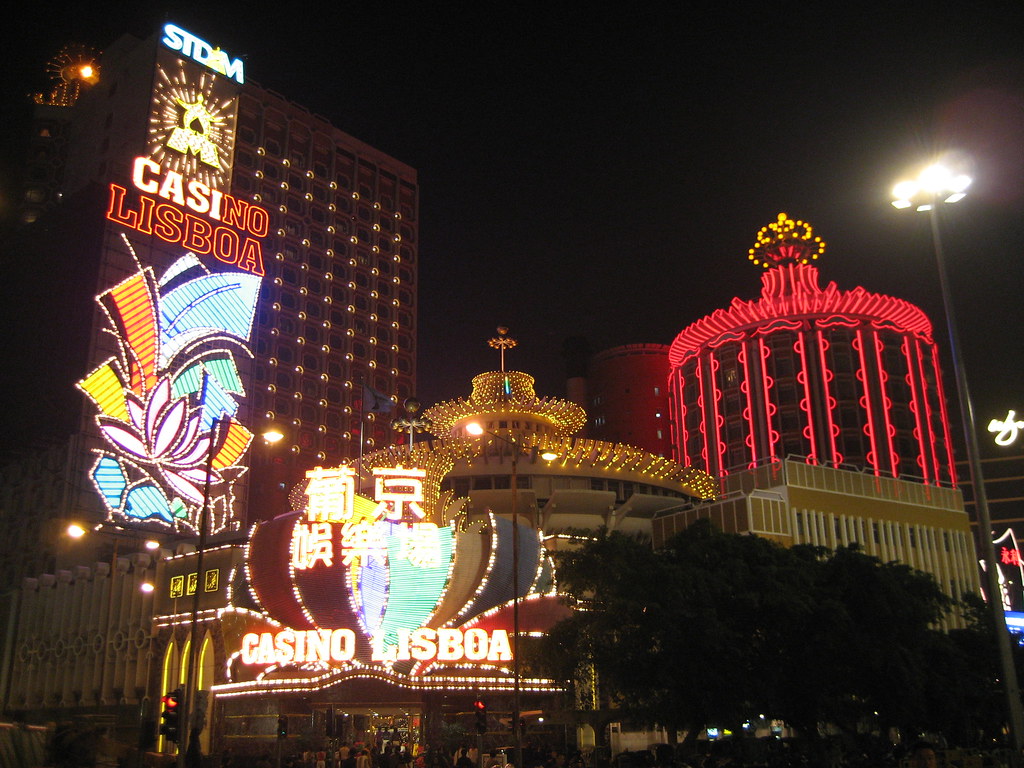
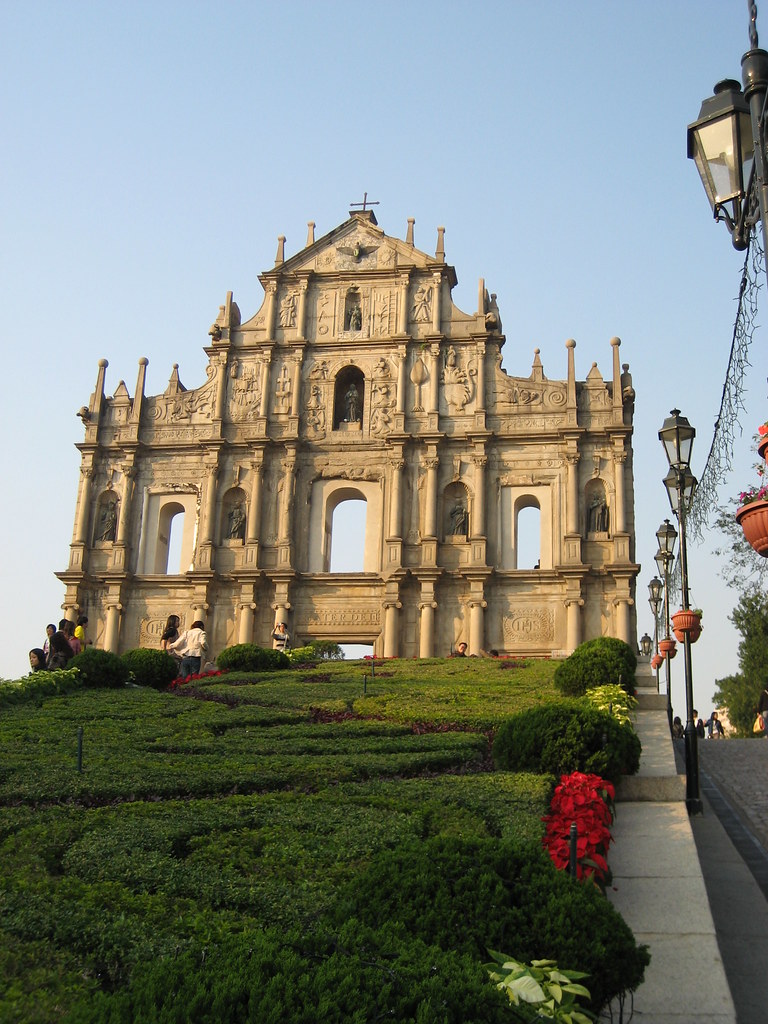
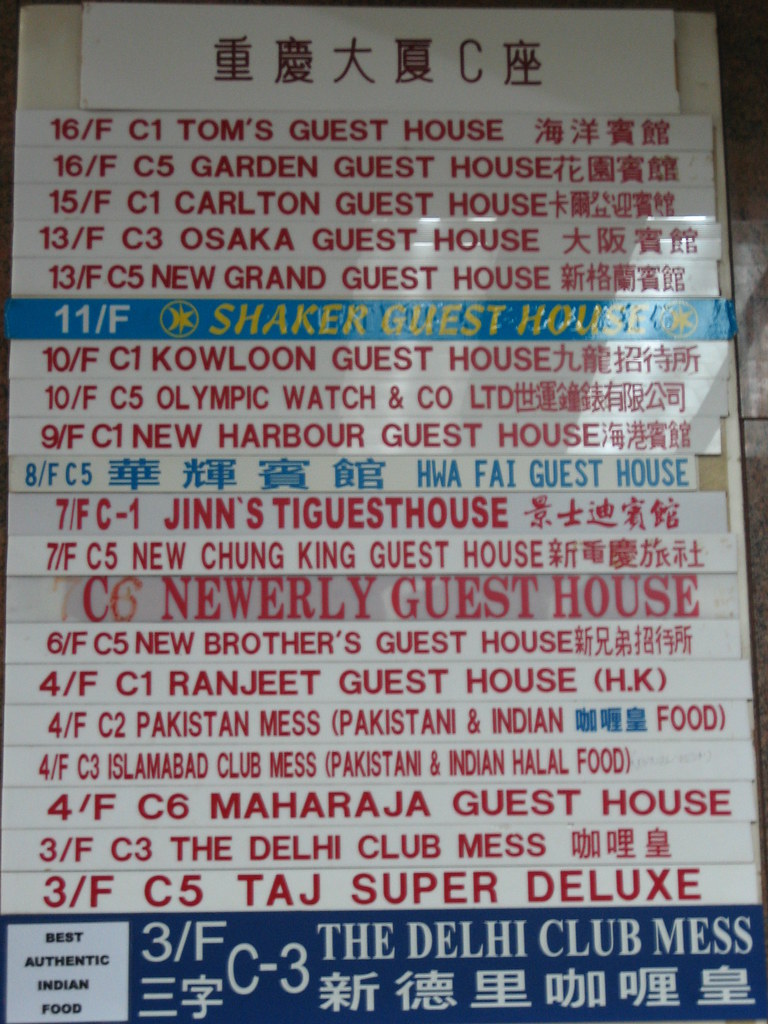
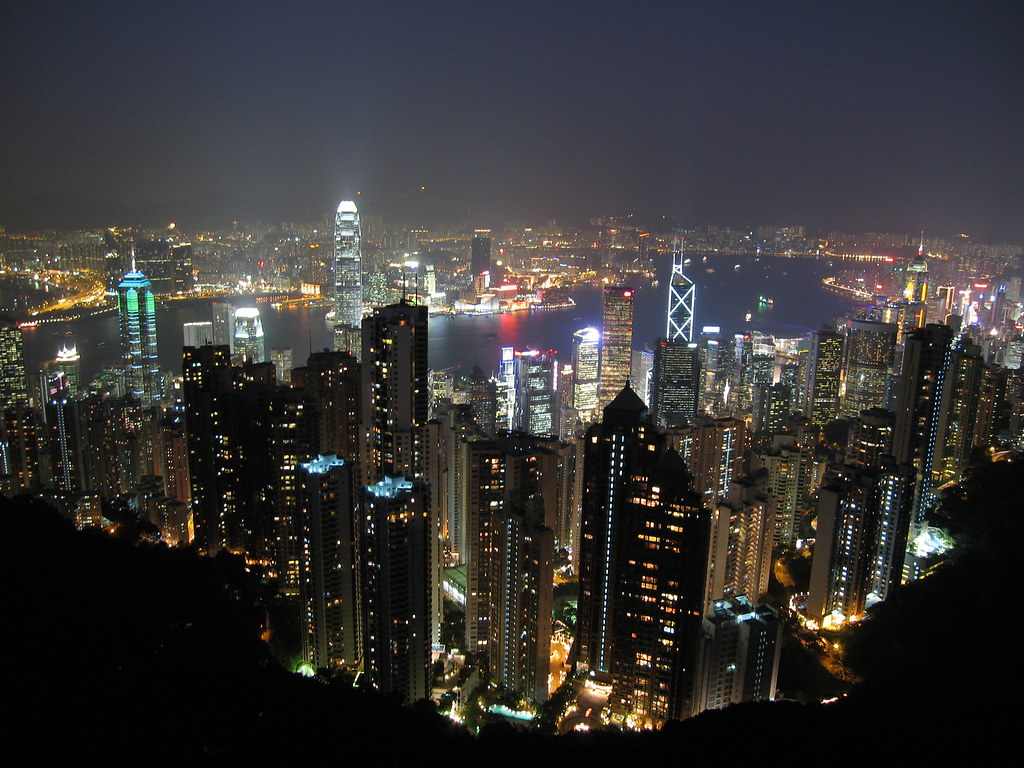
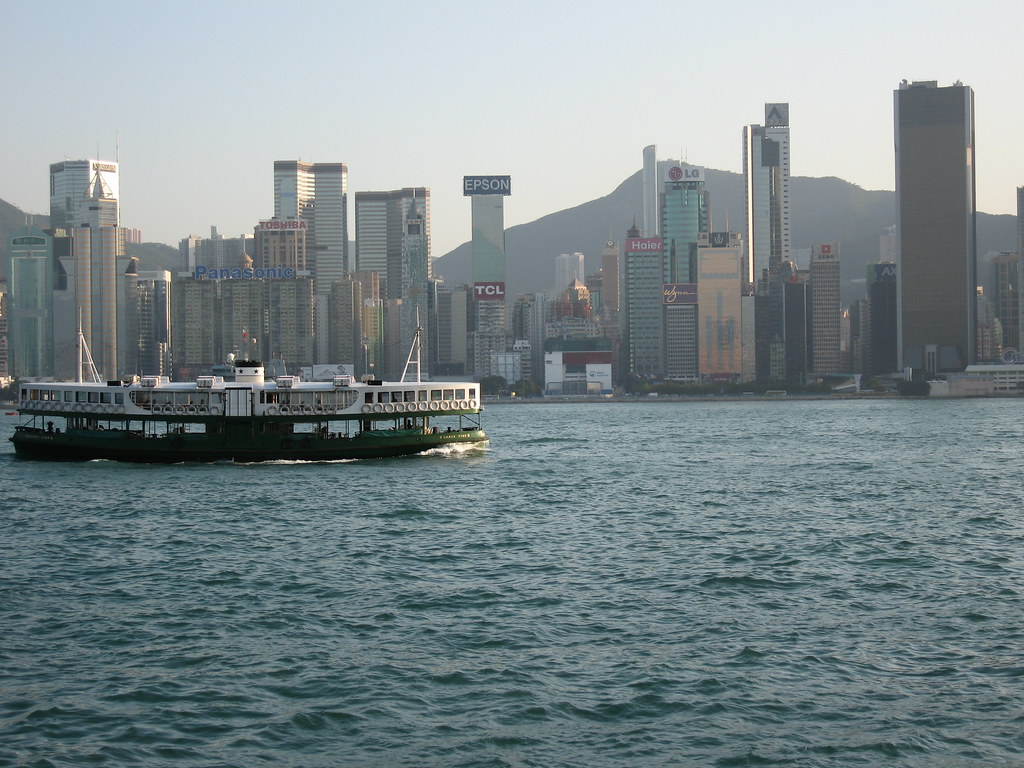

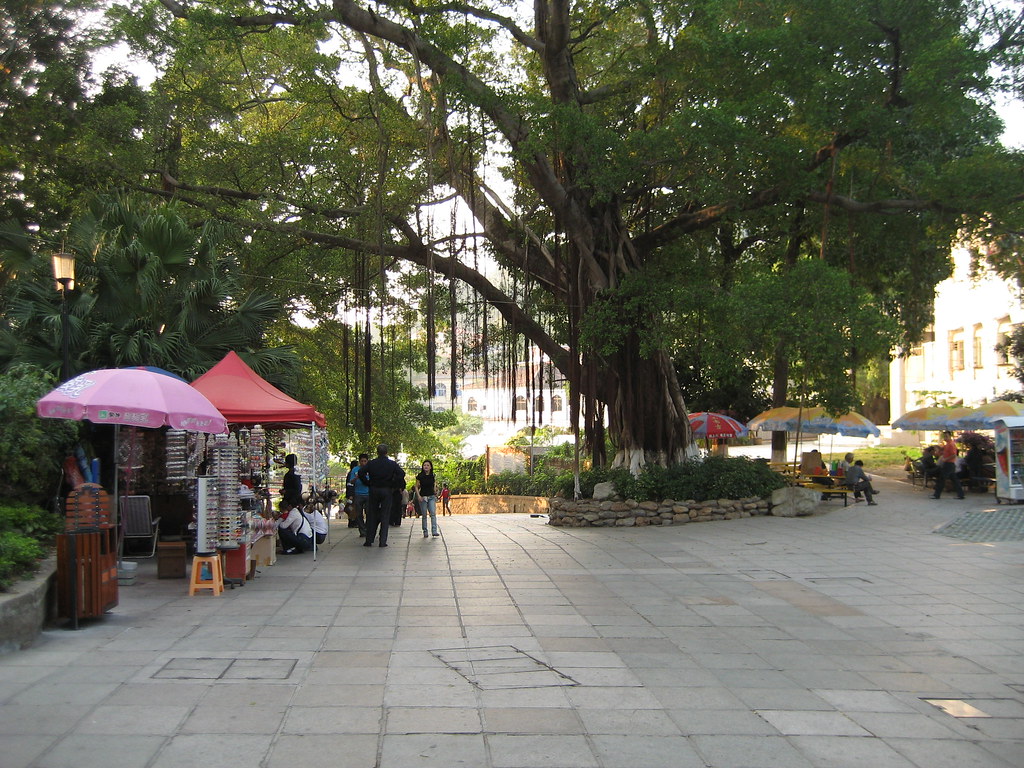
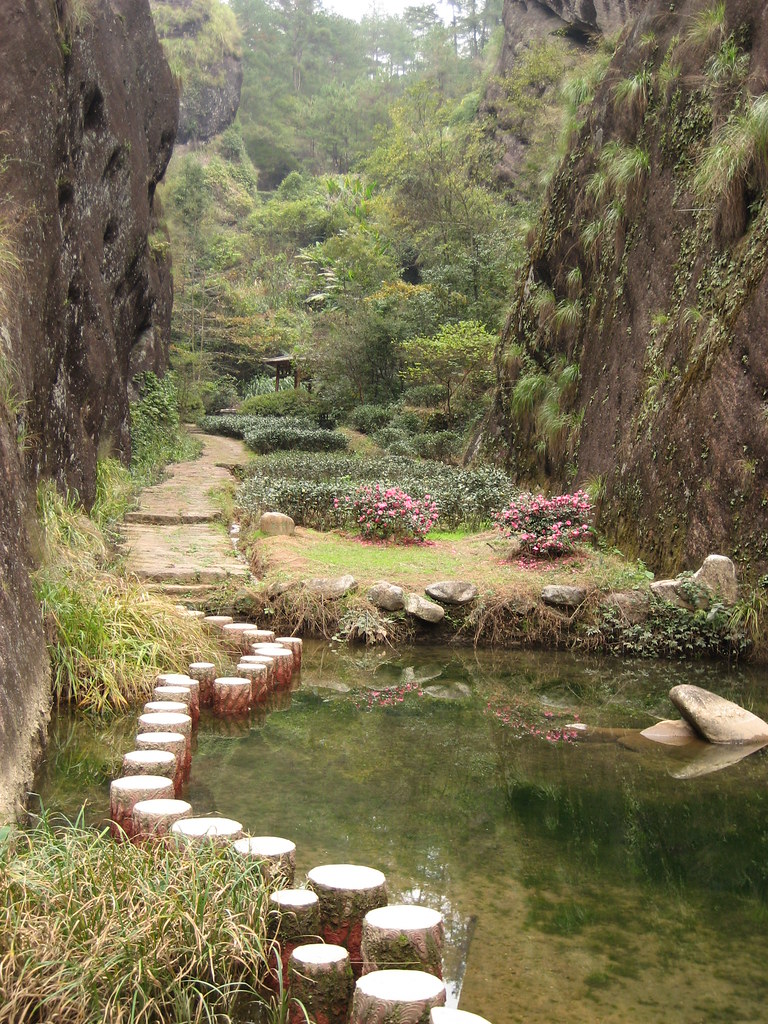
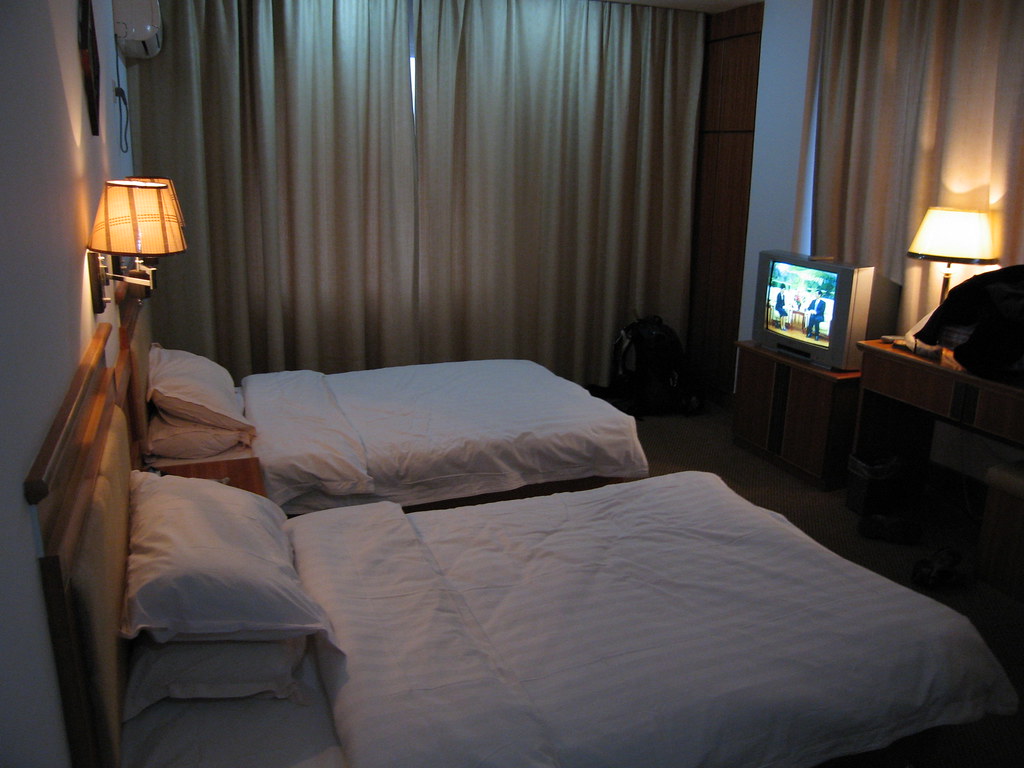
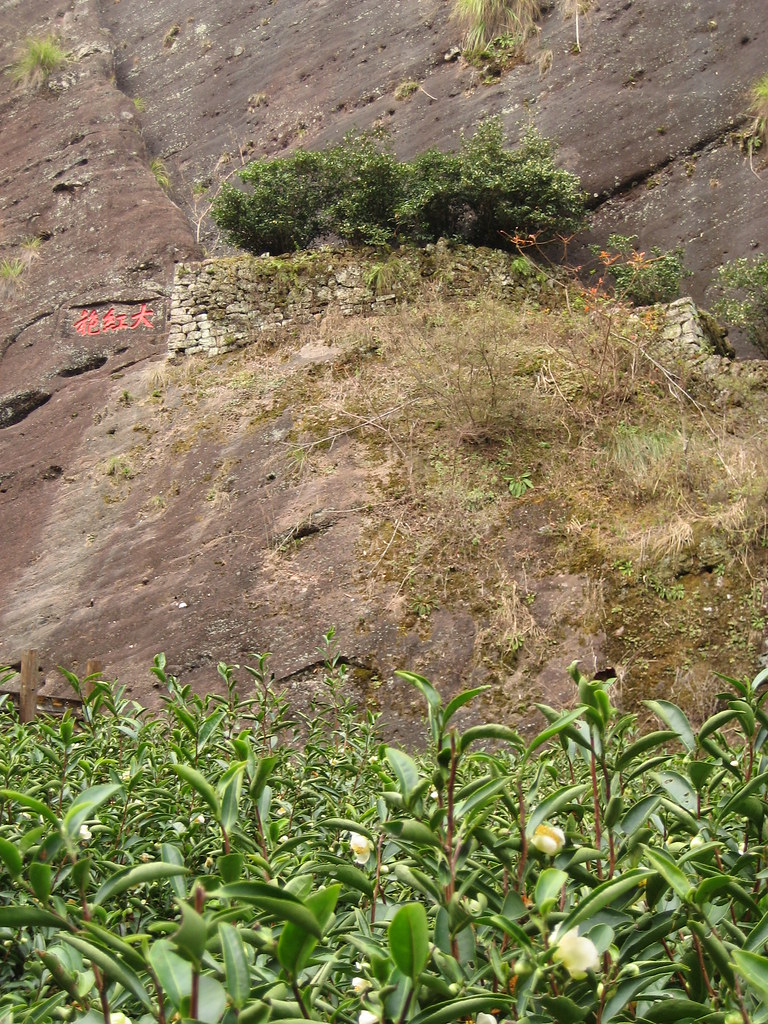
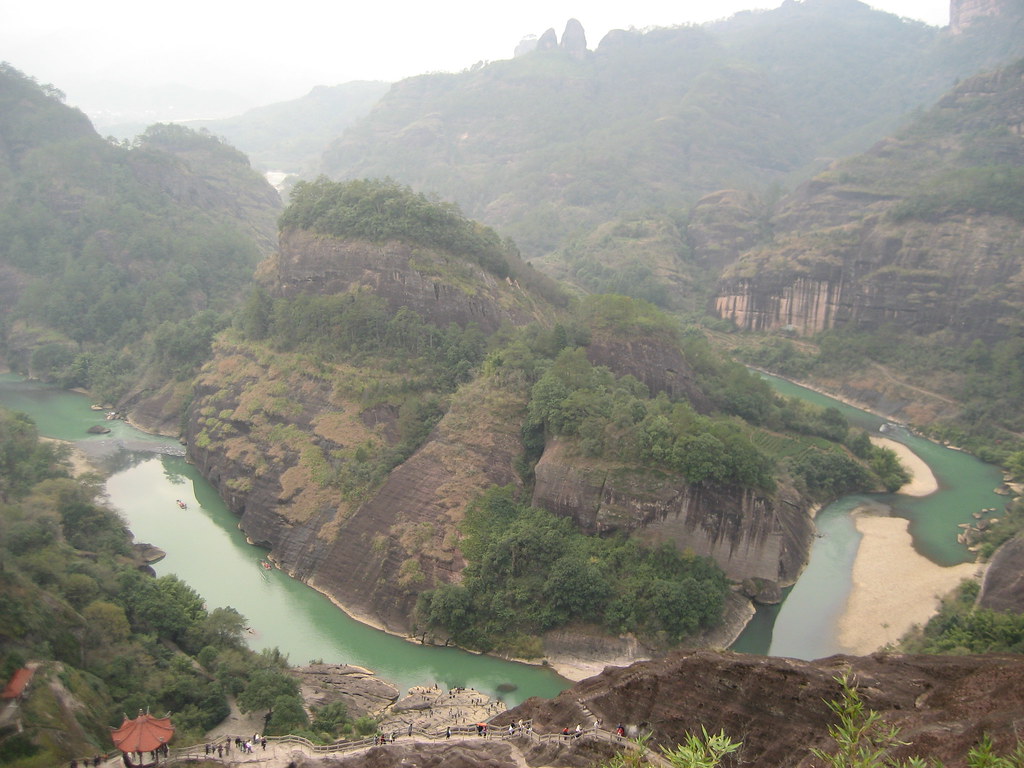
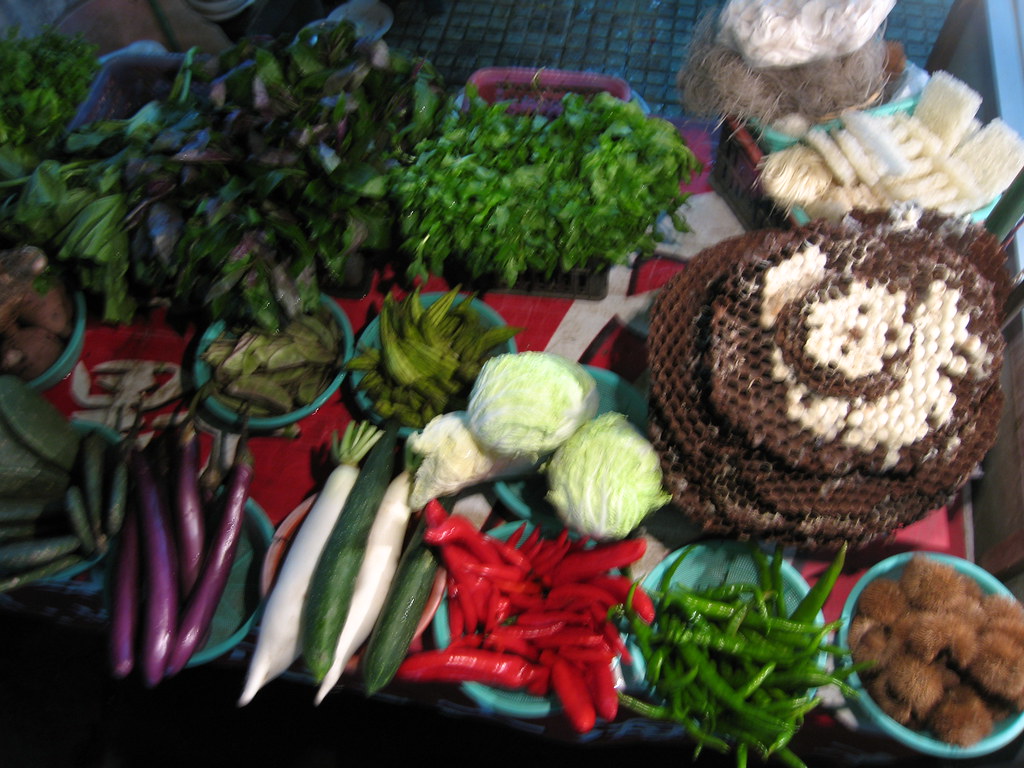

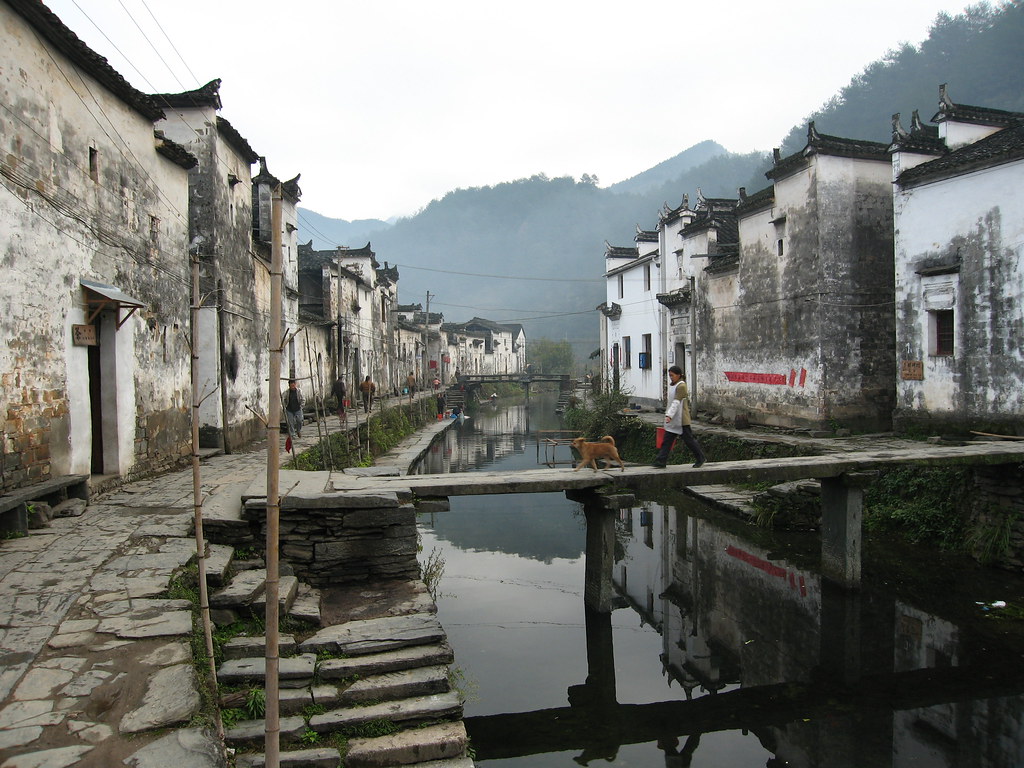
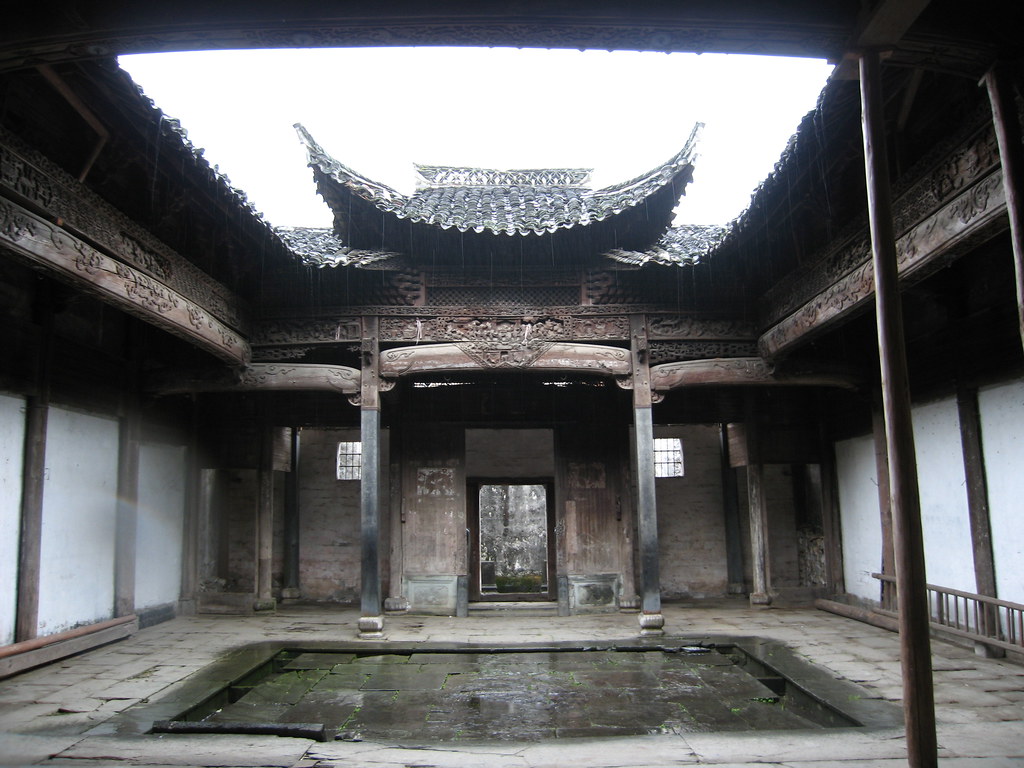

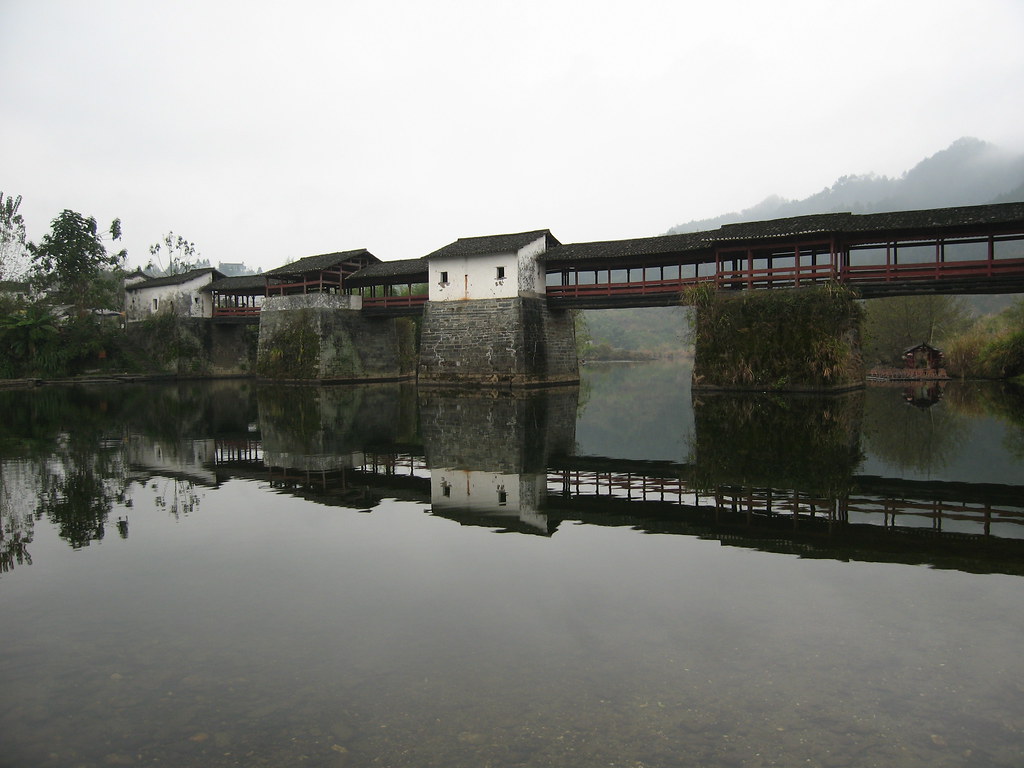
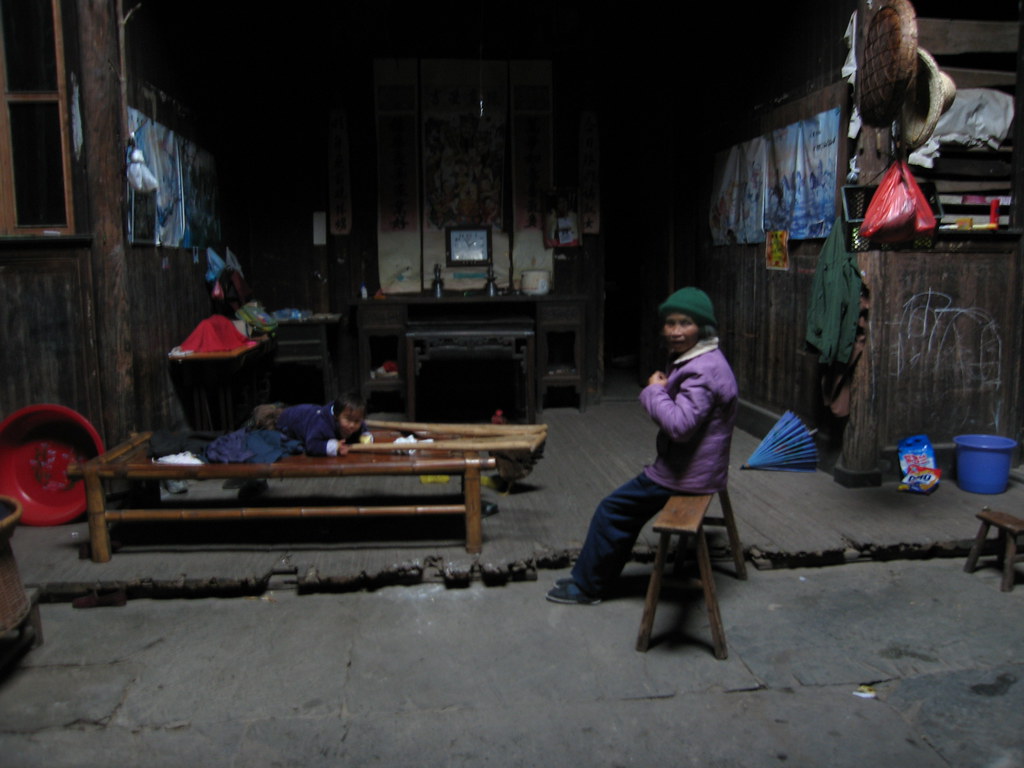
 :: Spectacular Lingyan caves ::
:: Spectacular Lingyan caves ::